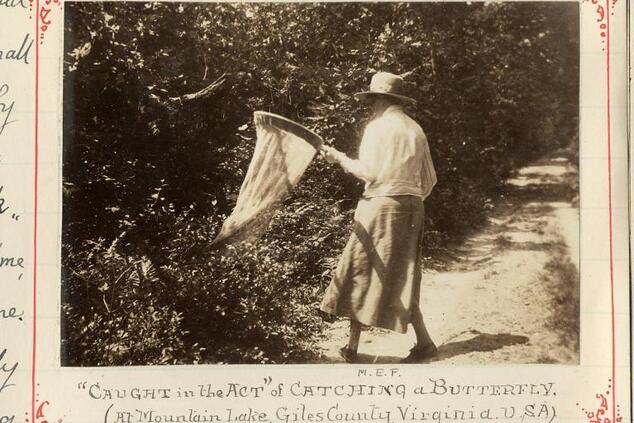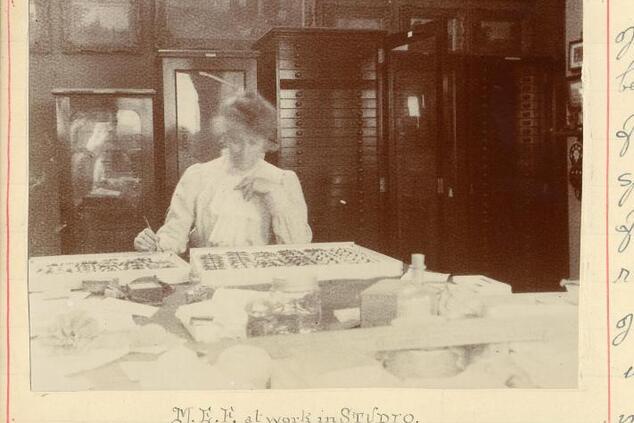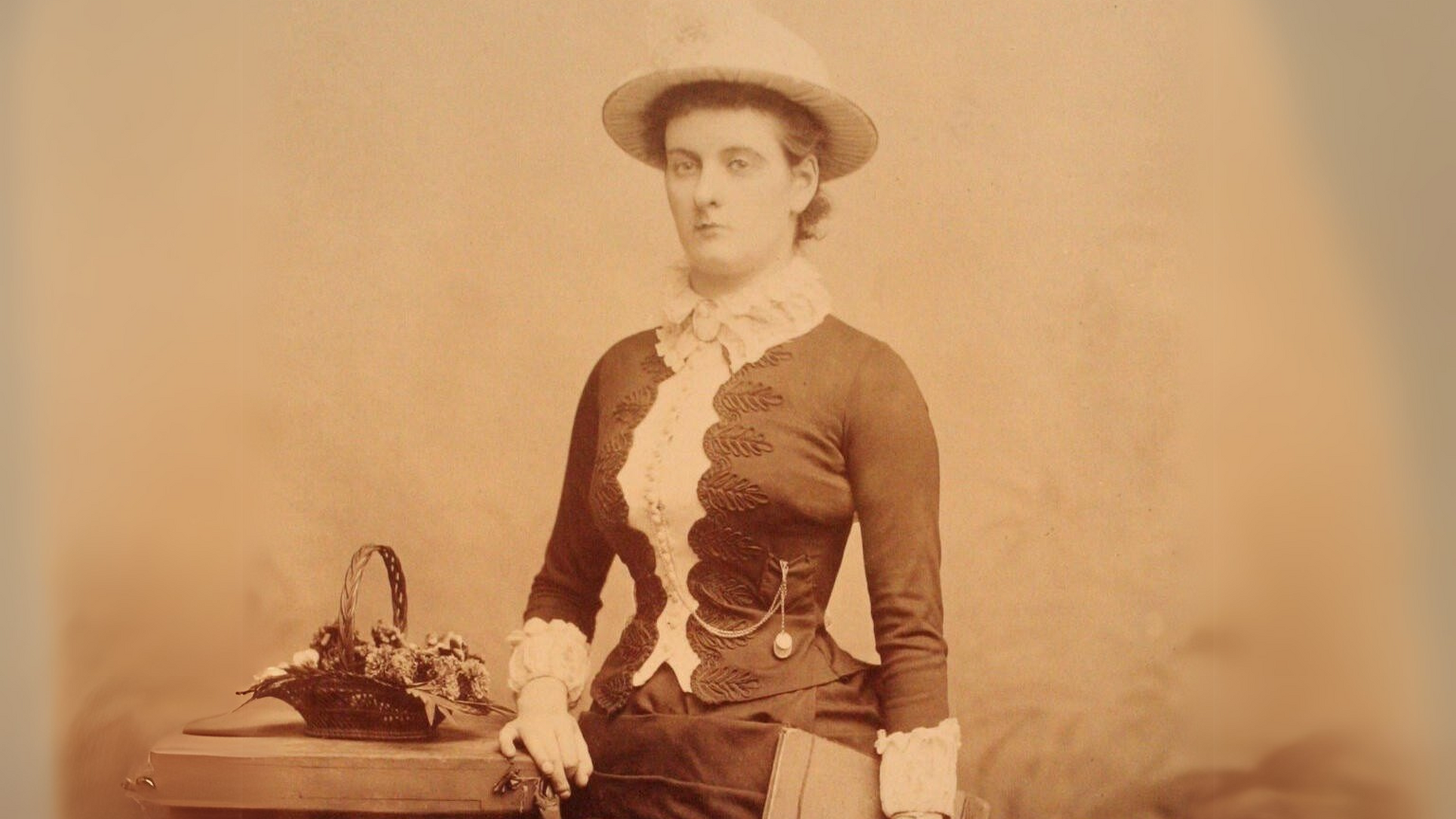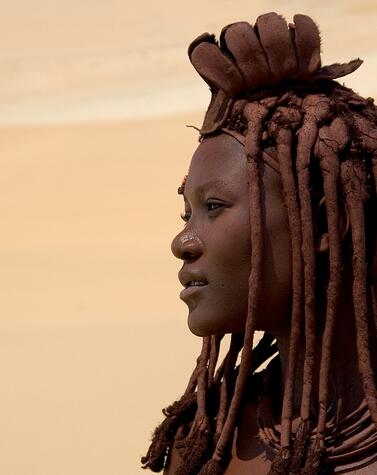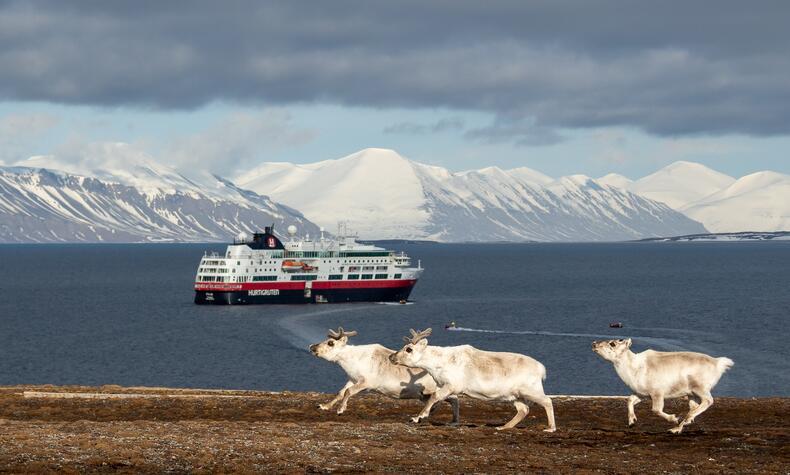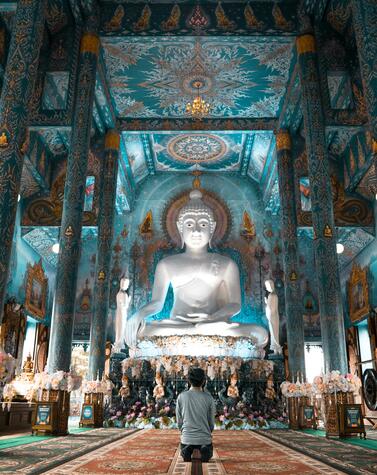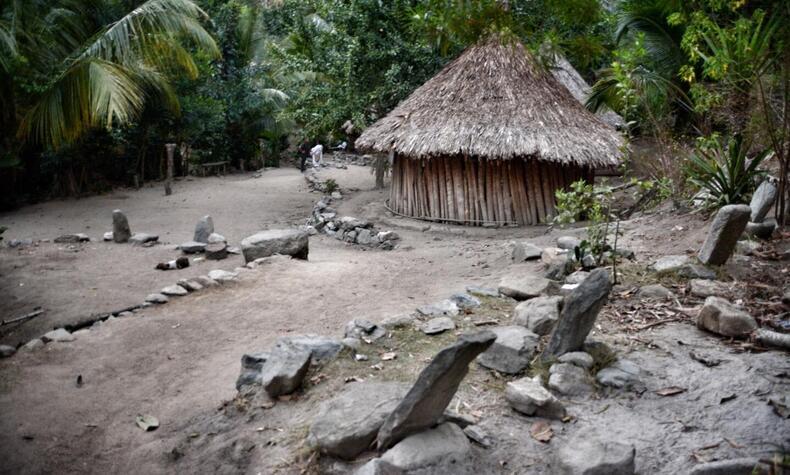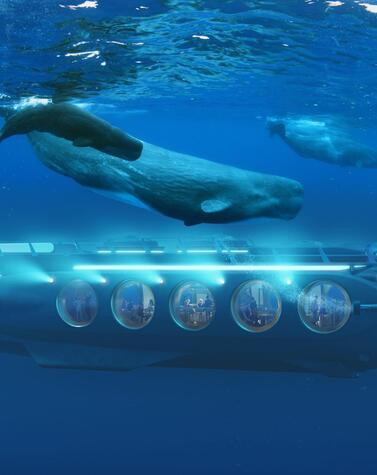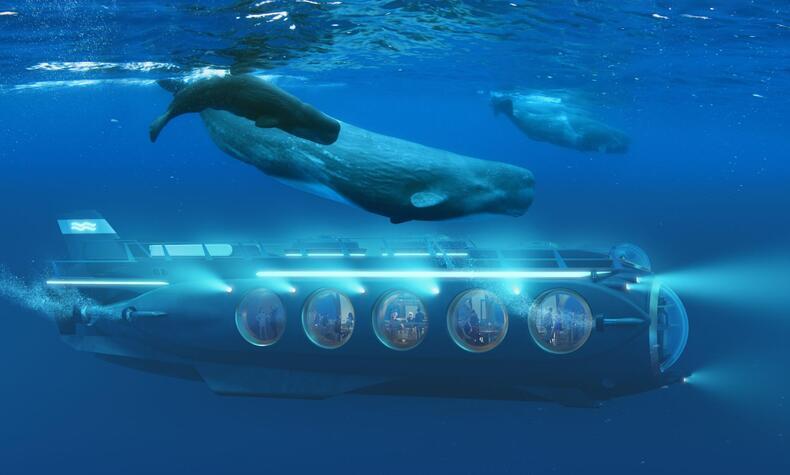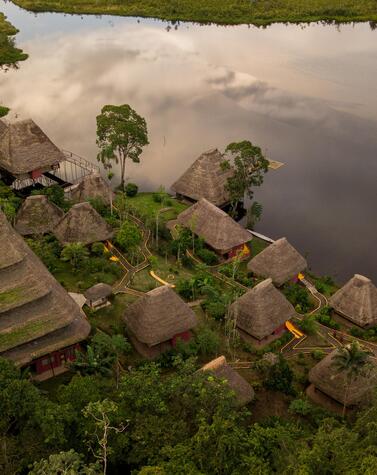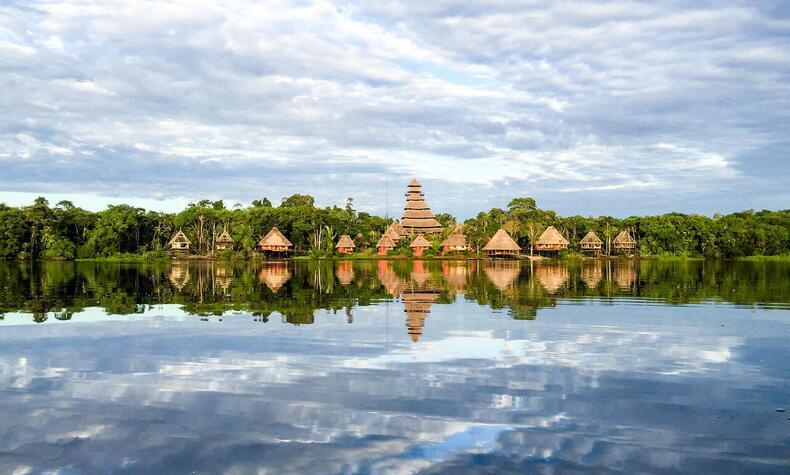Margaret Fountaine, traveling behind the fluttering of butterflies
A Chinese proverb says that "The effect of a butterfly fluttering can be felt on the other side of the world". This is what, with hindsight, some scientists have studied and baptized as the "butterfly effect", according to which a small initial disturbance, through a process of amplification, can generate a considerable and unpredictable effect in the medium and short term thousands of miles away.
As a symbol of transformation, the colors and shapes of butterflies have fascinated us all since childhood, and many naturalists and scientists have devoted much of their lives to their study. This is the case of Margaret Elizabeth Fountaine, an English naturalist who was born in 1862 in Norwich and who traveled the world for 50 years, collecting butterflies in sixty different countries. She spent her time traveling from autumn to spring, returning to England in the summer to compile, organize, illustrate, and arrange her extensive collection.

At the age of 27, having inherited a fortune from her uncle, Margaret and her sister traveled to Switzerland and France where she discovered butterfly specimens so beautiful that they sparked the beginning of her interest in entomology. She traveled to Sicily as the first British butterfly collector and there she collected several specimens that were admitted to the collection of the Natural History Museum in London, which only accepted specimens of extraordinary quality. That fact favored her prestige and reputation and, despite being a woman in a rigid and moralistic Victorian society, she established interesting professional relationships with different prestigious entomologists from all over Europe.
Margaret Fountaine collected caterpillars that she bred to produce adult butterfly specimens. She wrote different articles for the publication The Entomologist, in which she explained the environmental conditions needed to grow perfect butterfly specimens.
Scientific societies in Britain had historically excluded women. But when Fountaine attended the Second International Entomological Congress held in Oxford in 1912, she was invited by Edward Poulton, president of the Linnean Society, to formally join that body. This marked the pinnacle of her entomological career.
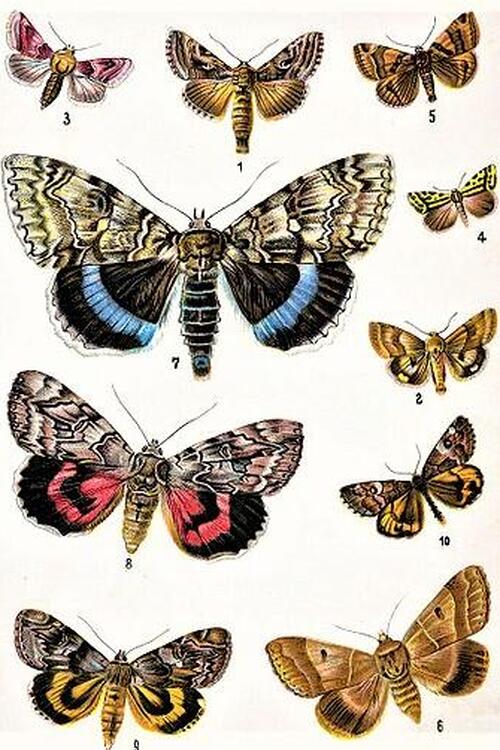
In 1898 she was elected a Fellow of the Royal Entomological Society. In her diaries, she would write, "I know very well that I am the only representative of my sex present, with the exception of a lady visitor." In the summer of 1900, Margaret traveled to Greece with entomologist Henry John Elwes to collect butterflies. They published a report of their findings in The Entomologist and organized an exhibition of Greek Lepidoptera together.
Thanks to her uncle's inheritance, Margaret Fountaine was able to travel the world and expand her collection. Although she traveled without a passport and did not record in her diary the dates of entry and exit of her various expeditions, it is known that in 1901 she traveled to Syria and Palestine. In Syria, she hired the guide Khalil Neimy, who would become his traveling companion and lover for almost 30 years. In 1903 she went on an expedition to Asia Minor and returned to Constantinople with nearly 1,000 butterflies.
In 1904 and 1905, she was on scientific expeditions in South Africa and Rhodesia (now Zimbabwe). There she wrote and illustrated sketchbooks to document eggs, caterpillars, and chrysalises of many butterfly species previously unknown to scientists of the time. Subsequently, Fountaine traveled to the United States, Central America, and the Caribbean. In Jamaica, for example, she gave a talk at the Kingston Naturalists' Club on "The sagacity of caterpillars".
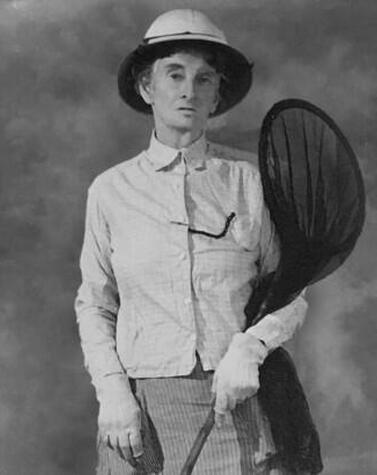
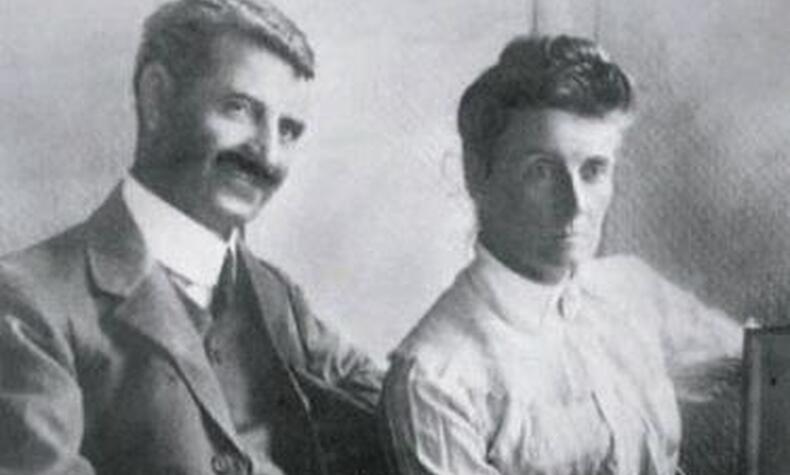
Before World War I, Fountaine was on an expedition to India, Ceylon, Nepal, and Tibet. During that trip, she made watercolors of caterpillars and butterflies, which were published in The Entomologist. During the war, Fountaine traveled to the United States and, in 1917, published articles about her collection while volunteering for the Red Cross.
After the war, Fountaine's last entomological expedition was to Jalil in the Philippines. A report of the expedition was published in The Entomologist. In 1928 Khalil died and, as she would write in her diary, Margaret would only find solace in continuing to raise her caterpillars. Fountaine was in her sixties and, while continuing to travel, she focused her efforts on watercolors and collecting and put aside the publication of scientific papers. He traveled to West and East Africa, Indochina, Hong Kong, Brazil, the West Indies, and Trinidad in search of rare specimens.
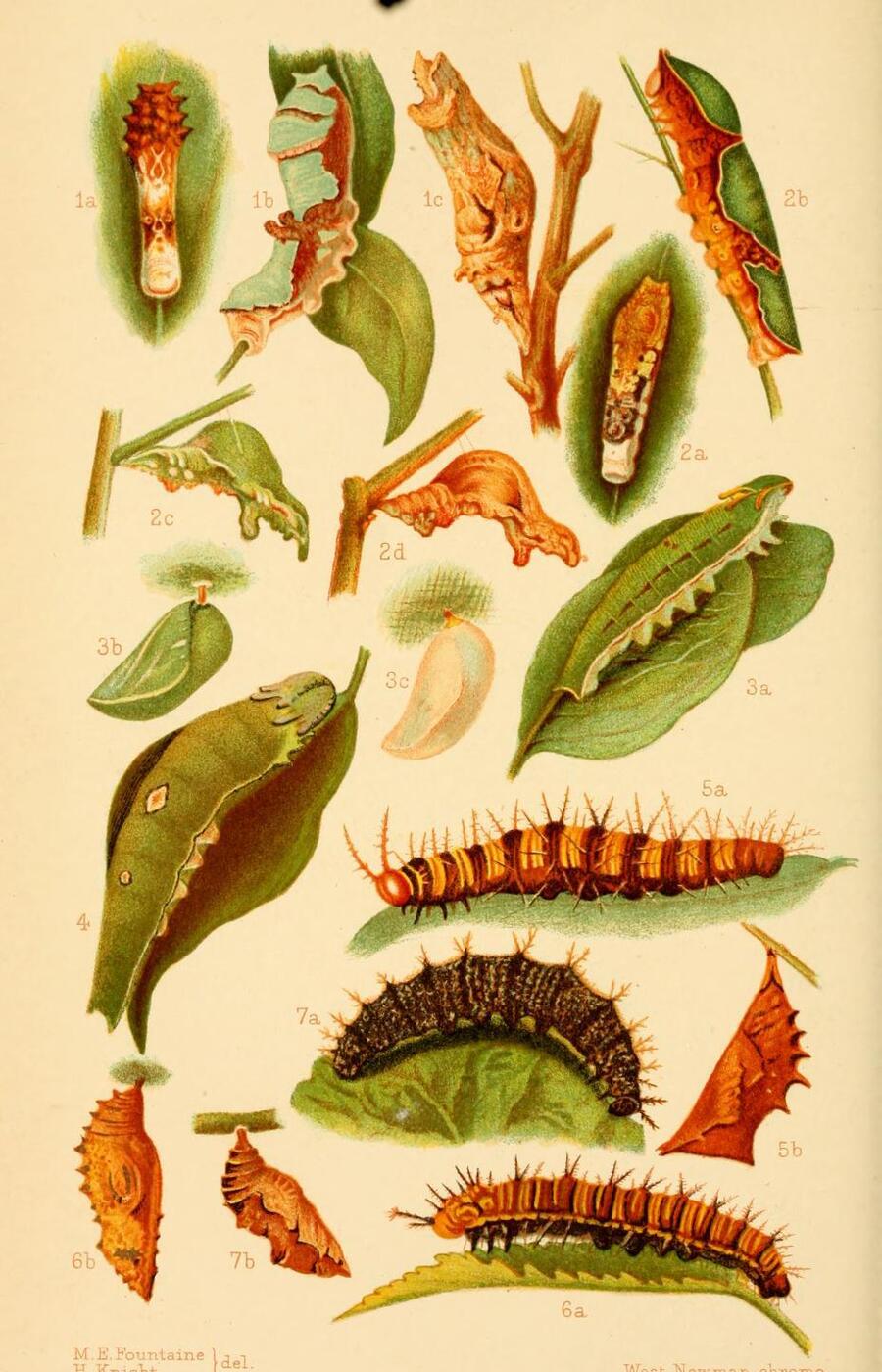
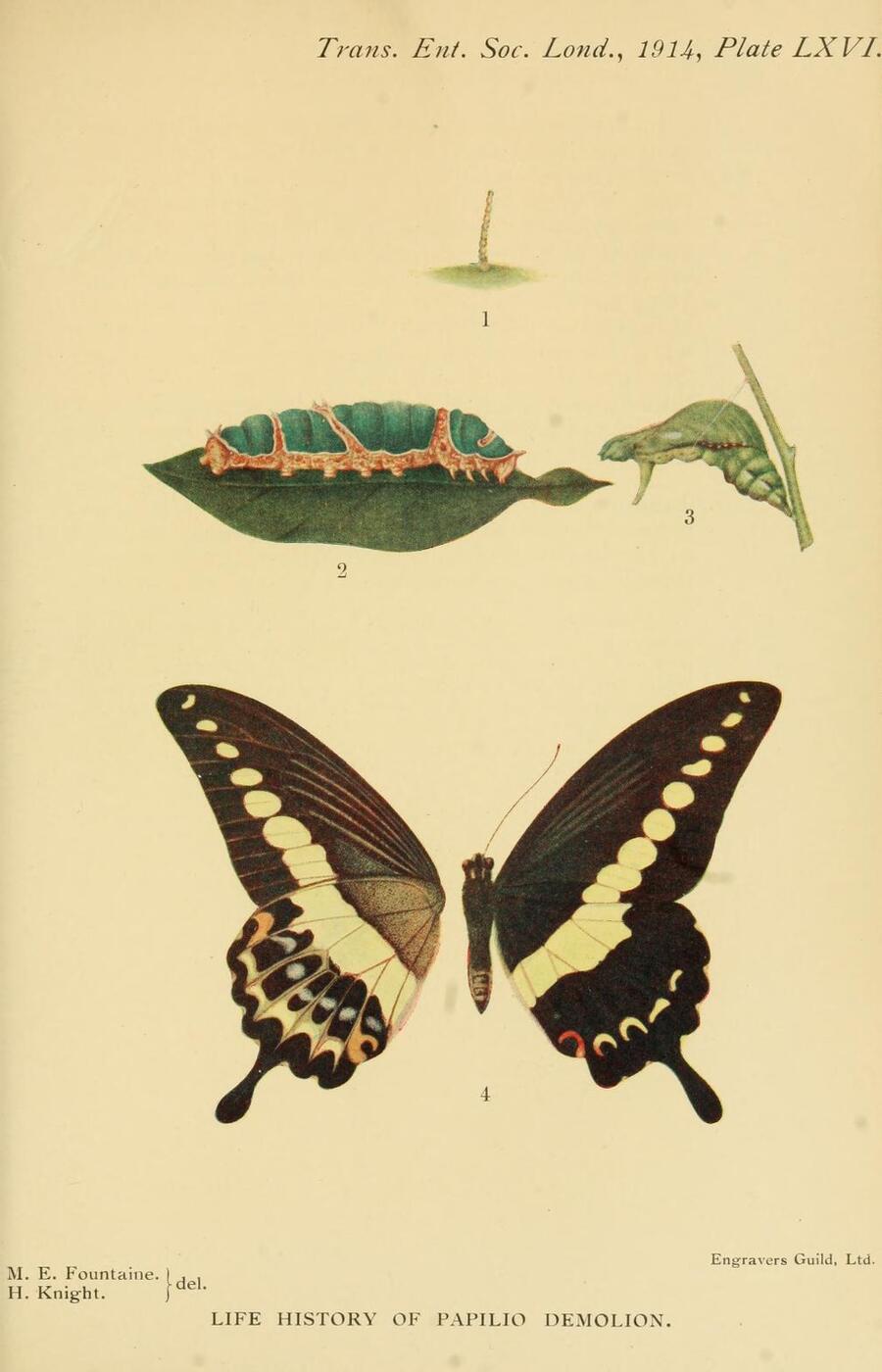
In 1940, at the age of 77, she suffered a heart attack in Trinidad. Local monks apparently found her dying on the side of a road with a butterfly net in her hand. She was buried in an unmarked grave in Woodbrook Cemetery, Port of Spain, Trinidad.
Shortly after, the Norwich Castle Museum in England received her legacy in the form of beautiful mahogany boxes containing more than 22,000 butterfly specimens from five continents, and a sealed Japanese chest which, at the express wish of its owner, could only be opened on April 15, 1978.
Thus it took 38 years after the death of this pioneer to discover the vicissitudes of her travels and her life through the twelve volumes of her personal diaries that she had begun writing at the age of 15, just a century earlier, on April 15, 1878, and which reveal that, like a butterfly, Margaret Fountaine's life was characterized by the freedom to fly and by personal transformation. Upon opening the chest, a handwritten note read: "To the reader, who may not yet be born, I leave this record of the wild and fearless life of one who never grew up and who enjoyed and suffered much."
Those who knew her described her as a woman who had the courage of an explorer, the passion of a collector, the eye of an artist, the patience of a researcher, and the precision of a scientist.
